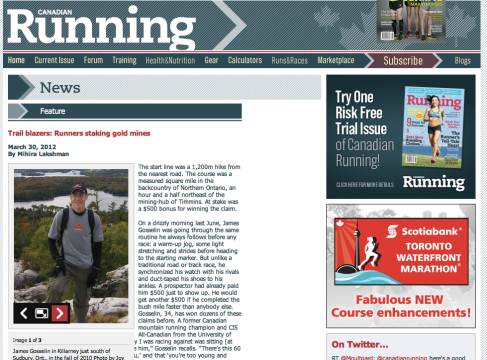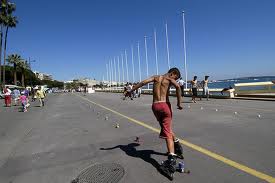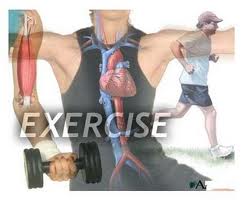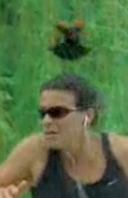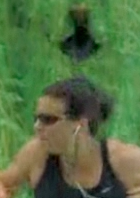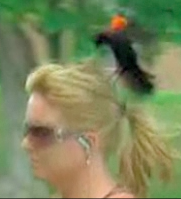Re-connected today with Mihira Lakshman, editor-in-chief at Canadian Running magazine, and was delighted to read his feature on trail runners staking claims for prospectors in Northern Ontario. I didn’t realize the practice existed, but the tradition goes back a while. Talk about taking running to a whole new level. You can read the whole story here.
Here’s an excerpt:
“Gosselin remembers one incident when a rival prospector stole his final post. “When I came in to write my finishing time down [on the final post], my post wasn’t there anymore. It was on camera that I came in first, but since I didn’t record it on a post, it wasn’t really official,” he says. The camera didn’t show the post being stolen, but the company that hired Gosselin for that run later fought and won the case in court.
It’s a high-stakes game. Although the prospectors are sometimes shelling out hundreds of dollars to hire claim runners – even more for vehicle help – if they successfully earn the claim, mining companies could offer millions for the rights. “If you stake a gold mine, I can’t even put a price on it,” says Compass Exploration’s Norm Collins, who hires Gosselin to run for him a few times each year. “It’s a dirty game for sure. There’s a lot of backstabbing and a lot of illegal moves that happen out there,” Collins adds.
The process is steeped in tradition. The claim-stakers must “blaze the trail” between their corner posts to officially mark their territory. Runners carry hatchets as they sprint down the 400m stretches between posts, putting marks in trees every 50m. Usually the prospectors that hire the runners will mark the path with tape on the trees, but sometimes orienteering and bushwhacking are necessary. The main skill, however, is speed. Gosselin says cross-country athletes make the best claim runners since they are strong enough to handle the hills and treacherous footing. “I usually wear an aggressive trail shoe, and duct tape my shoe to my ankles, so it doesn’t come off. And you can build [the tape] up around your ankles to protect them.” Every few steps, he expects to fall. “You bite the dust, big time.
Although prospecting has been around in the area for a century, hiring runners to stake the claims is a relatively recent phenomenon. “It used to be just prospectors who would normally do this,” says Collins, who has been in the business for 20 years. His father, also a prospector, came up with the idea of using cross-country runners. Collins and his younger brother were both competitive high school runners, and they found the competition in claim-staking somewhat pedestrian in the late 80s and early 90s. “We used to kick butt,” he recalls. “Eventually a bunch of our friends from the local high school (Theriault High School in Timmins, Ont.) – a good running school – started doing it for my dad and other companies around town.”

